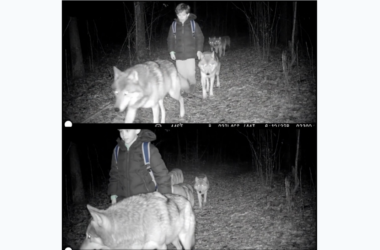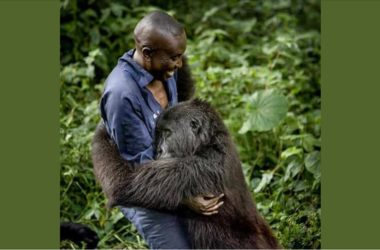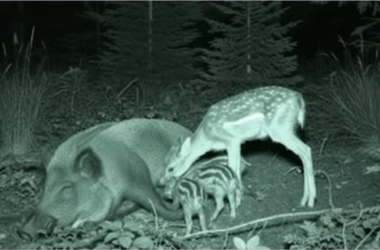Amazing birds that appear prehistoric …hope we can preserve them…

Image: Marek Mihulka via Shutterstock
Marvelous birds, must be quite an experience for anyone lucky enough to see one in the wild… Amazing to see one up close.
They sound like they just stepped out of Jurassic Park too.
Shoebills reach up to 5 feet in height and they are formidable [a.mbush] [pr.edat ors], standing still in swamps before lunging forward to [swa.llow] their prey whole with their giant bills.
Although sometimes incorrectly referred to as a stork, the shoebill is actually the only member of the Balaeniceps genus and the wider family Balaenicipitidae.
This menacing and [prehistoric-looking] bird can grow up to 5 feet (1.5 meters) tall – and is equipped with a sharp-edged, 1-foot-long (0.3 meter) bill — the third-largest bird beak in the world.
Its giant bill and long, skinny legs make it a formidable [a.mb.ush pr.eda.tor] —standing completely still before lunging forward to grab unsuspecting prey and [swa.llow] it whole.
Catfish were its most common prey, making up around 71% of its meals. The shoebill is also known to feast on eels, snakes and even baby crocodiles.
Shoebills are mostly solitary, but breeding pairs are monogamous and lay up to three eggs in a clutch — though, due to rivalry between siblings, usually only one survives to adulthood. This is typically the larger first-born, which either out-competes any siblings for food…
The second or third chicks are essentially spares that serve as a backup if the first doesn’t survive.
This behavior was captured in a clip from the BBC David Attenborough series Africa, showing the older chick [bi.ting] at its younger sibling. When the mother returns to the nest, it offers no care to the smaller offspring.
Sometimes incorrectly referred to as a stork, the shoebill is actually the only member of the Balaeniceps genus and the wider family Balaenicipitidae, with its closest living relatives being pelicans. Its ancestors from the Pelecaniformes order emerged at the end of the Cretaceous period (145 million to 66 million years ago).
The big-billed bird is listed as [vu.lner.able] on the International Union for the Conservation of Nature’s Red List, with just 5,000 to 8,000 birds left.
Imagine walking this creature down your neighborhood street!❤️ I would love to do this and see all of my neighbors continuing to be very calm!
😍 They are pretty friendly towards humans!
See one in real life in the video below:
Lucky to have seen a few in person in their natural habitat!
Seeing Shoebill in action is amazing🫣




